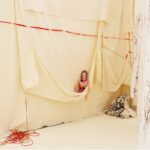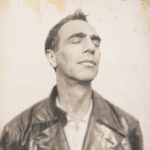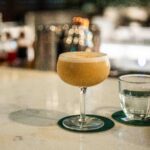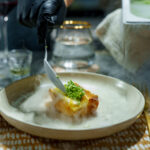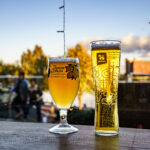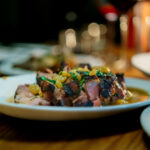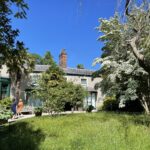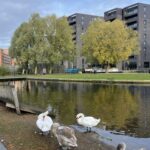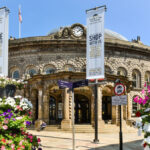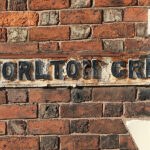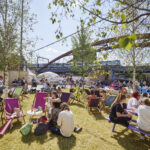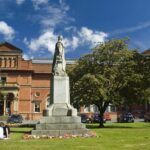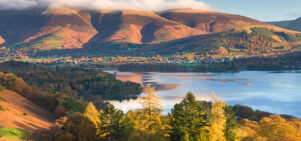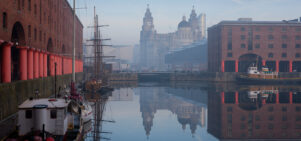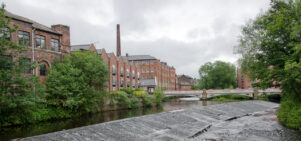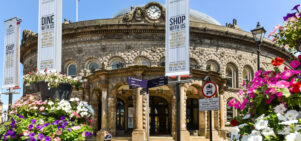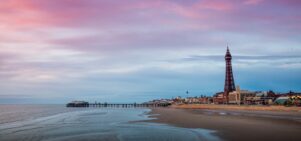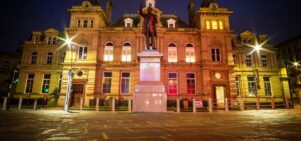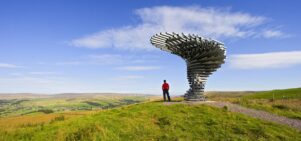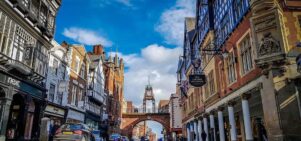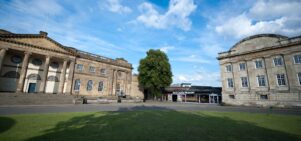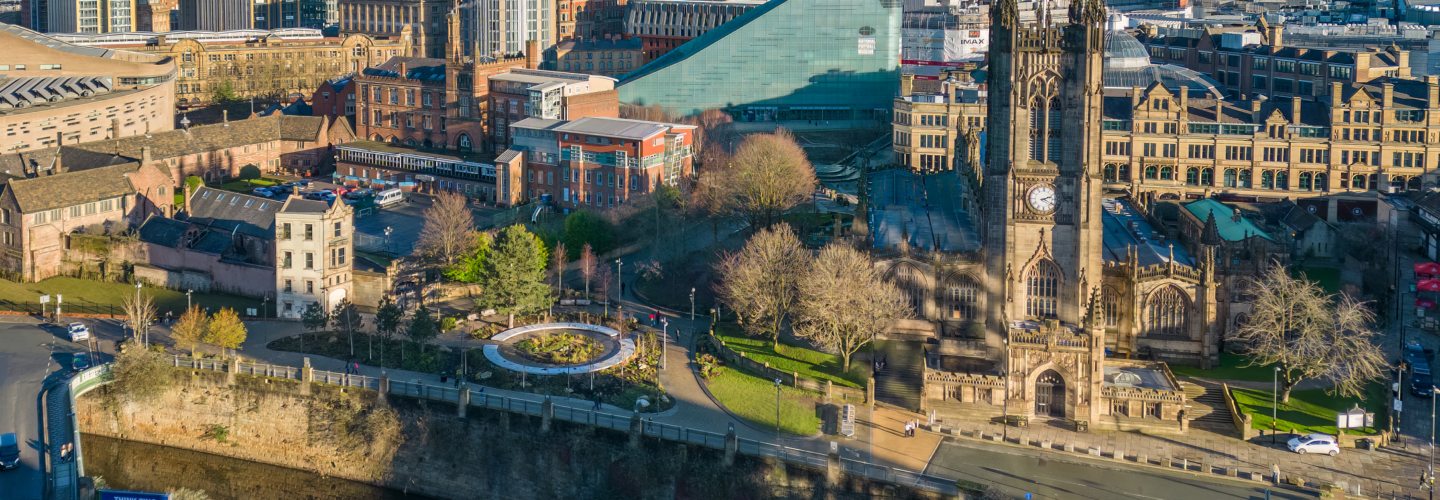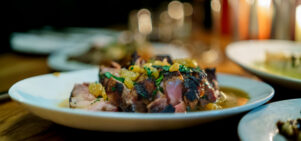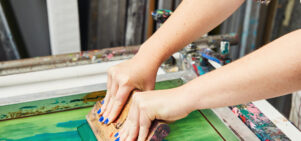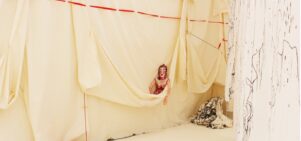The ordinary made extraordinary: Angie Lewin
Susie StubbsNew work from the illustrator behind British printmaker’s St. Jude’s goes on show at Yorkshire Sculpture Park.
“I like looking at what most people think are insignificant plants and spotting how absurdly beautiful they are.” We are talking to the British printmaker, Angie Lewin, ahead of her exhibition at Yorkshire Sculpture Park this autumn. Lewin has spent a lifetime getting up close to the sorts of native flora and fauna that most of us blithely crush underfoot on an average walk, plants such as campion and the prickly-leafed teasel. “But I find native plants as exotic as anything you’d find in a botanical garden,” she says. “It’s endlessly fascinating.”
It is a fascination that springs in part from Lewin’s childhood. She grew up “on the edge of the Peak District” and spent much of her time outdoors. “My dad was a keen gardener, and when I was young I remember looking at plants in very close detail. It’s just what I’ve always done.” There is something about the sense of scale in Lewin’s prints and watercolours – in which tiny plants are turned into towering, tangled jungles and the landscape is set far back, as if shrinking from their dominance – that mirrors a child’s view of the great outdoors. This exaggerated scale, along with bold line work, turns ordinary landscapes into ever so slightly magical ones.
Tiny plants become towering, tangled jungles and the landscape shrinks from their dominance
Angie Lewin is one half of St. Jude’s, the printmaking company she set up with her husband in 2005. It produces limited edition prints, fabrics, wallpapers and stationery with artists such as Mark Hearld, who exhibited at Yorkshire Sculpture Park last year. “I suppose we champion the idea of art that enters daily life, whether it’s wallpaper, a print hanging on the wall of someone’s home, or cushions and fabrics. It’s art that works within a domestic setting.”
For her solo show in Yorkshire, Lewin has created a series of new works inspired by Yorkshire Sculpture Park itself. She visited the 500-acre park several times, sketching what she saw and later turning those sketches into the prints, watercolours and striking collages mounted onto pieces of driftwood that go on display this weekend. “It’s such a beautiful parkland, and diverse too, with a lake, woods, meadows and wild areas – it is a perfect foil for the sculpture there.” But it wasn’t the park’s collection of in-the-landscape sculpture, arguably its main attraction, which inspired Lewin’s work. It was the landscape itself. “The contrast between the manmade sculpture and the naturalist setting was inspiring to me as an artist. I studied sculpture at college and to see the work of Henry Moore and David Nash outside, in such a simple, wild landscape – it was wonderful.”


